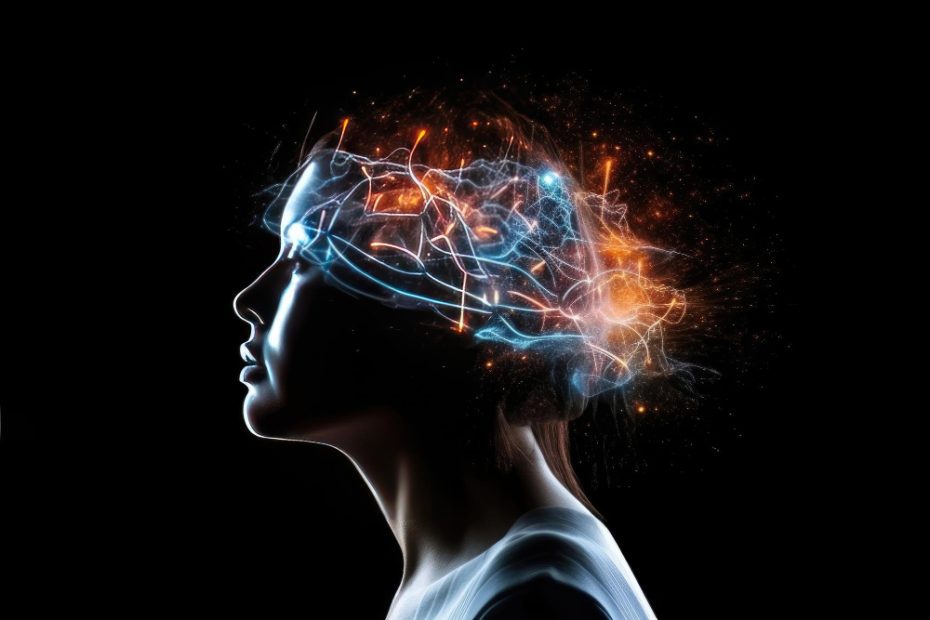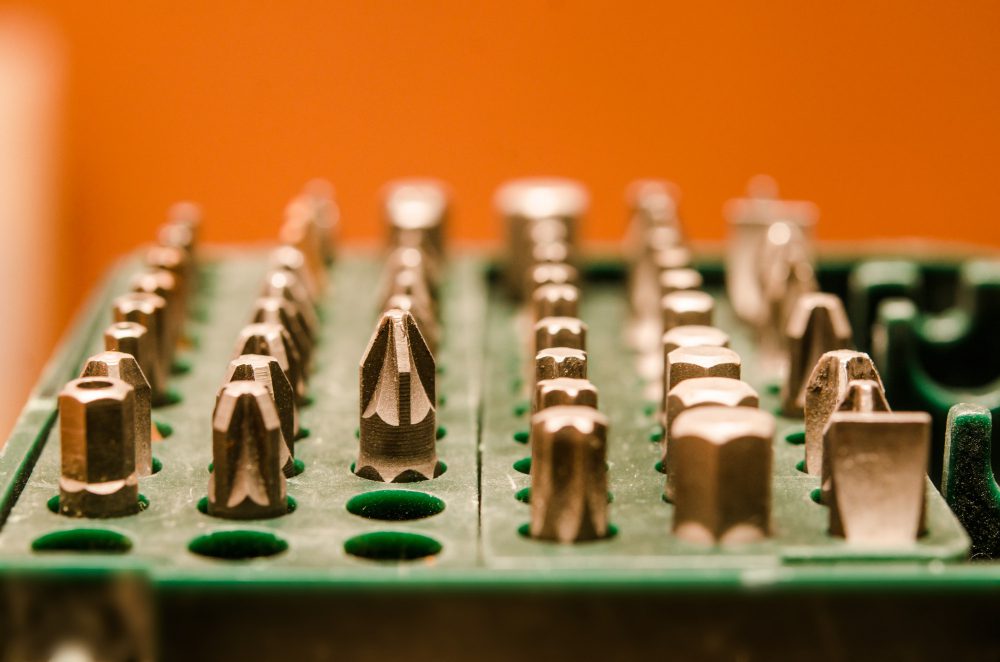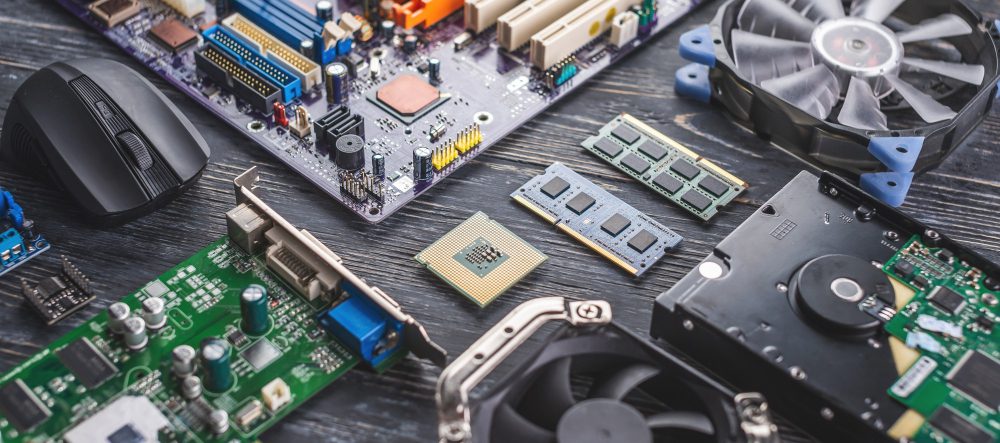Is motherboard a brain?
The motherboard is often referred to as the “brain” of a computer. It is a critical component that connects all the other hardware components together and allows them to communicate with each other. While the motherboard does perform essential functions in the functioning of a computer system, it is not exactly equivalent to a human brain.
What is a motherboard?
A motherboard, also known as a mainboard or system board, is a printed circuit board (PCB) that houses and connects various components of a computer system. It provides the physical platform for the CPU, memory, storage devices, expansion slots, and other peripherals to connect and interact with each other.
The analogy to a brain
The comparison between a motherboard and a brain stems from their roles in information processing. Just as a brain coordinates and controls the activities of the human body, a motherboard facilitates the communication and coordination of different hardware components in a computer.
“A motherboard is like the central nervous system of a computer, enabling data transfer and facilitating the execution of commands.”
Differences between a motherboard and a brain
While the analogy of a motherboard to a brain helps us understand its importance, there are significant differences between the two.
- Functionality: The brain is responsible for complex cognitive processes, emotions, and consciousness, whereas a motherboard operates solely on predefined logic and instructions.
- Complexity: The brain consists of billions of interconnected neurons, forming an intricate network, whereas a motherboard is a structured and well-defined circuit board.
- Processing power: The brain is capable of high-level parallel processing and learning, whereas a motherboard’s processing power is determined by the CPU and other components it houses.
The significance of a motherboard
Although a motherboard is not a brain, it plays a critical role in the functioning of a computer system. It provides the necessary connections for data transfer, power distribution, and control signals between various hardware components. Without a motherboard, the individual parts of a computer would be disconnected and unable to work together efficiently.
Furthermore, the motherboard enables expansion and customization options through its various slots and connectors. Users can add additional memory, graphics cards, storage devices, and other peripherals to enhance their computer’s capabilities.
Components of a motherboard
A typical motherboard consists of several key components:
- CPU Socket: This is where the central processing unit (CPU) is installed, allowing it to communicate with other components.
- Memory Slots: These slots hold the RAM modules, providing temporary storage for data being actively processed by the CPU.
- Expansion Slots: These slots allow for additional cards, such as graphics cards or network adapters, to be added to the system.
- Storage Connectors: These connectors facilitate the connection of hard drives, solid-state drives, and optical drives.
- Power Connectors: These connectors provide power to the motherboard and other components.
In conclusion
While the motherboard is not a brain in the same sense as a human brain, it is a vital component of a computer system. Its role in facilitating communication between different hardware components and providing expansion options makes it an essential part of any computer.
Understanding the functions and components of a motherboard helps in making informed decisions when building or upgrading a computer system, ensuring compatibility and optimal performance.
Is Micro ATX better than ATX?
When it comes to choosing the right form factor for your computer, two popular options are Micro ATX and ATX. Both have their own advantages and disadvantages, but which one is better? Let’s take a closer look at each form factor to help you decide.
Micro ATX
Micro ATX, also known as uATX, is a smaller form factor compared to ATX. It typically measures 9.6 x 9.6 inches and offers a more compact design. This makes it suitable for smaller cases and builds where space is limited.
Advantages of Micro ATX:
- Economical: Micro ATX motherboards are often cheaper compared to their ATX counterparts.
- Space-saving: The smaller size of Micro ATX allows for more flexibility in terms of case options.
- Compatibility: Micro ATX motherboards are compatible with most ATX cases and power supplies.
“Micro ATX is a great choice if you’re looking for a cost-effective and space-saving solution.”
ATX
ATX, which stands for Advanced Technology eXtended, is a larger form factor widely used in desktop computers. It measures 12 x 9.6 inches and offers more expansion slots and features compared to Micro ATX.
Advantages of ATX:
- Greater expandability: ATX motherboards usually offer more PCIe slots, RAM slots, and SATA connections, allowing for future upgrades.
- Better cooling: With more space, ATX cases often have better airflow and support for larger cooling solutions.
- Overclocking potential: The larger form factor of ATX allows for better heat dissipation, making it more suitable for overclocking.
“If you’re planning to build a high-performance system with multiple graphics cards and extensive storage options, ATX is the way to go.”
Ultimately, the choice between Micro ATX and ATX depends on your specific needs and preferences. If you’re on a tighter budget and working with limited space, Micro ATX provides a practical solution. On the other hand, if you require more expandability and want to build a powerful gaming rig or workstation, ATX offers greater flexibility.
Can you put 2 GPU on any motherboard?
When it comes to building a powerful gaming rig or a high-performance workstation, having multiple graphics processing units (GPUs) can significantly enhance your system’s performance. However, not all motherboards are capable of accommodating more than one GPU. So, can you put 2 GPUs on any motherboard?
The Importance of PCIe Slots
In most cases, the ability to install multiple GPUs depends on the number and type of PCIe (Peripheral Component Interconnect Express) slots available on the motherboard. PCIe slots are used for connecting various expansion cards, including GPUs. Therefore, if a motherboard has two or more PCIe x16 slots, it is likely capable of supporting multiple GPUs.
Considerations for SLI and CrossFire
If you’re planning to use multiple GPUs for gaming purposes, you need to ensure that your motherboard supports either NVIDIA SLI (Scalable Link Interface) or AMD CrossFire technology. SLI and CrossFire allow you to combine the power of two or more GPUs to improve gaming performance. Not all motherboards are compatible with these technologies, so check the specifications of your motherboard before investing in additional GPUs.
Power Supply and Cooling
Adding multiple GPUs to your system increases its power requirements, so it’s crucial to have a sufficient power supply unit (PSU). Check the power consumption of your GPUs and ensure that your PSU can handle the load. Additionally, having multiple GPUs generates more heat, necessitating adequate cooling solutions such as additional case fans or liquid cooling.
Compatibility with System Components
Another important factor to consider is the compatibility of your system components with multiple GPUs. Check if your CPU, RAM, and other hardware are compatible with the GPUs you intend to install. Some CPUs may not support multiple GPUs, while others might require specific memory configurations.
In conclusion, while not all motherboards support multiple GPUs, many high-end models do. To determine if your motherboard can accommodate two or more GPUs, check its specifications for the number and type of PCIe slots available. Additionally, consider factors such as SLI or CrossFire support, power supply requirements, cooling, and overall compatibility with your system components. With proper planning and research, you can build a powerful system with multiple GPUs for enhanced performance.
Do Motherboards Have Chips?
When it comes to understanding the hardware components of a computer, one question that often arises is whether motherboards have chips. The short answer is yes, motherboards do indeed have chips. These chips, also known as integrated circuits, play a crucial role in the functioning of the motherboard and are responsible for various tasks.
The Role of Chips in Motherboards
Chips in motherboards are responsible for handling different functions required for the proper operation of a computer system. These functions include:
- CPU (Central Processing Unit) – The CPU chip, also called a processor, is the brain of the computer. It performs calculations and executes instructions, enabling the computer to carry out tasks.
- BIOS (Basic Input/Output System) – The BIOS chip contains firmware that initializes the hardware components during the boot process. It provides the necessary instructions for the system to start up.
- Memory – Motherboards feature memory chips, such as RAM (Random Access Memory), which provide temporary storage for data that the CPU needs to access quickly.
- Peripheral Controllers – Motherboards incorporate various chips to control peripheral devices such as USB ports, Ethernet ports, audio ports, and more.
Technical Advancements
Over the years, advancements in technology have led to the integration of more and more functionalities onto a single chip. This has resulted in the development of highly integrated chips, such as System-on-a-Chip (SoC) designs, which combine multiple components onto a single chip.
“With the advancement of chip technology, modern motherboards are equipped with highly integrated chips that handle a wide range of functions.”
Does motherboard carry data?
The motherboard is one of the most essential components of a computer system. It acts as the central hub, connecting all the different hardware components together. While it does not directly carry data like storage devices or network cables, the motherboard plays a crucial role in facilitating the transfer and communication of data within the computer system.
Components of the motherboard
The motherboard consists of various components that enable data flow. The CPU (Central Processing Unit) is the brain of the computer that processes and executes instructions. It communicates with other components through the motherboard’s chipset, which manages data flow between the CPU, memory, storage devices, and other peripherals.
Data transfer within the motherboard
Data transfer within the motherboard occurs through buses, which are pathways that transmit information between components. The PCIe (Peripheral Component Interconnect Express) bus is commonly used for high-speed communication between the CPU and expansion cards, such as graphics cards or network adapters.
“The motherboard acts as a highway system, allowing data to travel efficiently between different components.”
Other buses, such as the SATA (Serial ATA) and USB (Universal Serial Bus), facilitate data transfer between the motherboard and storage devices, such as hard drives and solid-state drives, as well as external peripherals like keyboards and mice.
Memory and data storage
The motherboard also houses the memory slots where RAM (Random Access Memory) modules are installed. RAM temporarily stores data that is actively being used by the CPU, allowing for faster access compared to reading data from storage devices. The motherboard facilitates the transfer of data between the CPU and RAM, ensuring smooth operation.
While the motherboard itself does not directly store data, it provides the necessary connections for storage devices, such as hard drives or SSDs, to be connected. These storage devices are responsible for long-term data storage and retrieval.
Do Motherboards Have RAM Limits?
When building or upgrading a computer, one of the key considerations is the amount of RAM (Random Access Memory) the motherboard can support. The motherboard plays a crucial role in determining the maximum RAM capacity that a system can handle.
Understanding Motherboard RAM Limits
Motherboards have specific RAM limits dictated by their architecture, chipset, and memory slots. These limits are typically set by the manufacturer and can vary across different models and brands. It’s important to refer to the motherboard’s specifications or manual to determine its supported RAM capacity.
In most cases, motherboards have both minimum and maximum RAM limits. The minimum limit ensures the system can function properly, while the maximum limit represents the maximum amount of RAM that the motherboard can accommodate. Exceeding this limit may result in compatibility issues or the system simply not recognizing the additional memory.
Factors Influencing RAM Limits
The RAM limits of a motherboard are influenced by several factors:
- Type of RAM: Motherboards support specific types of RAM, such as DDR3 or DDR4. Each type has its own limitations and compatibility requirements.
- Chipset Support: The chipset on the motherboard also plays a role in determining the RAM limits. Different chipsets have varying capabilities and features.
- Number of Memory Slots: The number of memory slots available on the motherboard can limit the overall RAM capacity. Some motherboards provide more slots, allowing for higher RAM configurations.
- Operating System Limitations: Certain operating systems, particularly older versions, have limitations on the maximum amount of RAM they can utilize.
Importance of RAM Limits
Understanding the RAM limits of a motherboard is crucial to ensure optimal system performance. Insufficient RAM can lead to sluggishness, while exceeding the limits may result in wasted resources or instability.
“Checking the motherboard’s manual or specifications is the best way to determine its RAM limits and ensure compatibility with your desired configuration.”
Additionally, considering future upgrade options is essential. If you plan to expand your system’s memory in the future, choosing a motherboard with higher RAM limits can save you from the need to replace it sooner.
In Summary
Motherboards do indeed have RAM limits based on their architecture, chipset, and memory slots. It is crucial to refer to the motherboard’s specifications or manual to determine its supported RAM capacity. Taking into account factors like RAM type, chipset support, number of memory slots, and operating system limitations will help you make informed decisions when it comes to RAM upgrades or system builds.
Conclusion
In conclusion, motherboards do contain chips, which are essential for executing various tasks and enabling the computer to function properly. These chips include the CPU, BIOS, memory chips, and peripheral controllers. As technology continues to advance, we can expect to see even more powerful and integrated chips in future motherboard designs.
The motherboard plays a vital role in facilitating data flow and communication within a computer system. It acts as a central hub, connecting different components and enabling the transfer of data through various buses. While it does not directly carry data like storage devices, the motherboard is essential for the overall functioning of a computer system.



